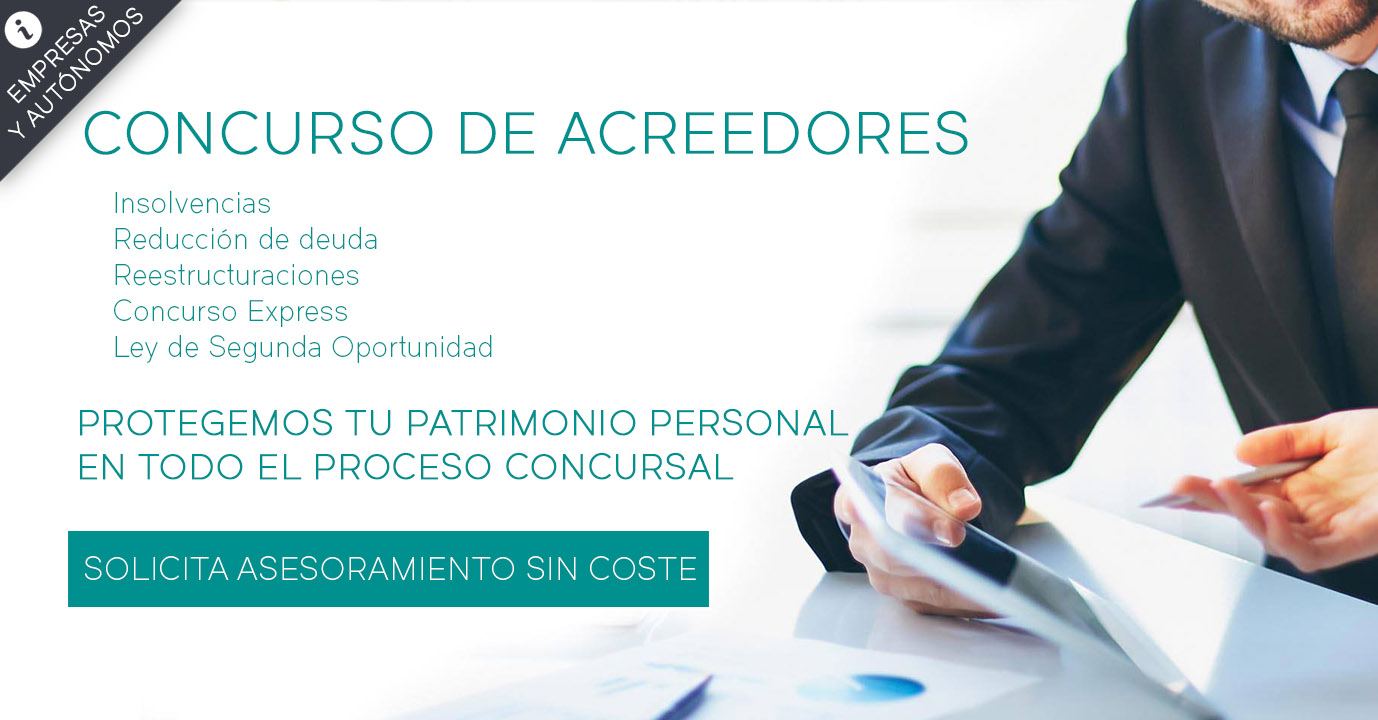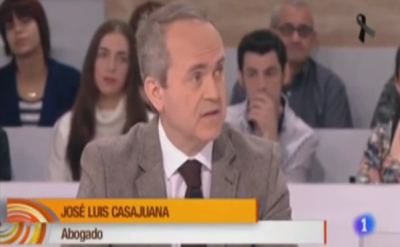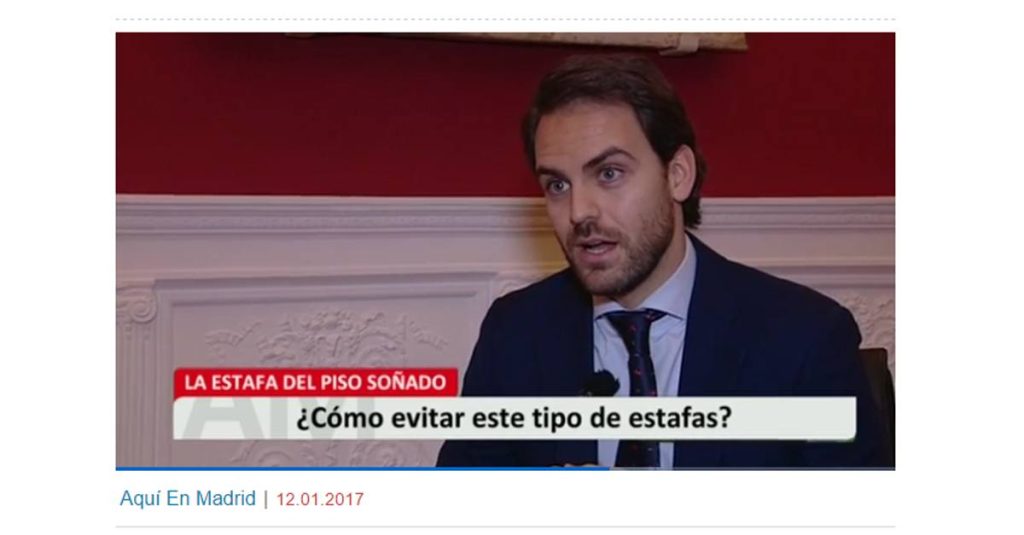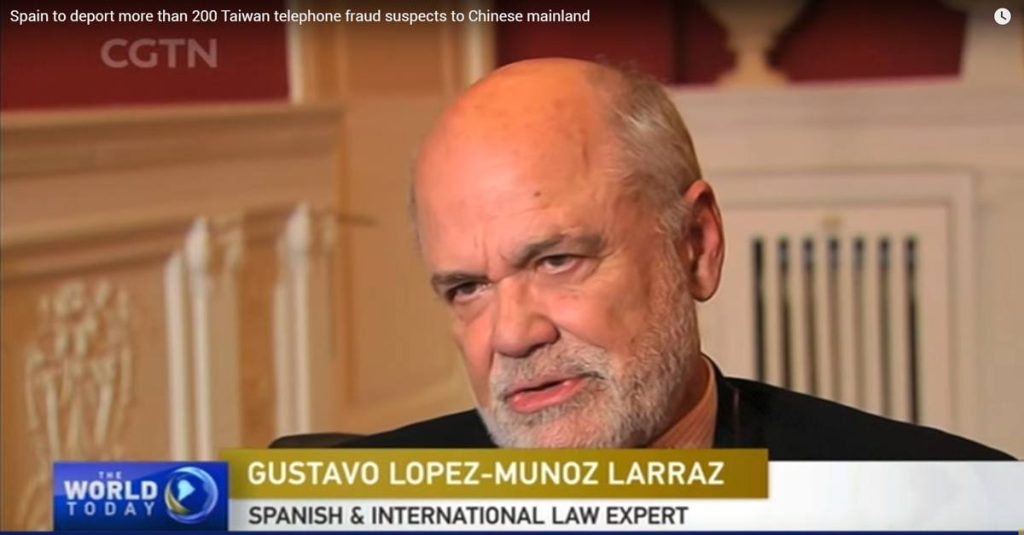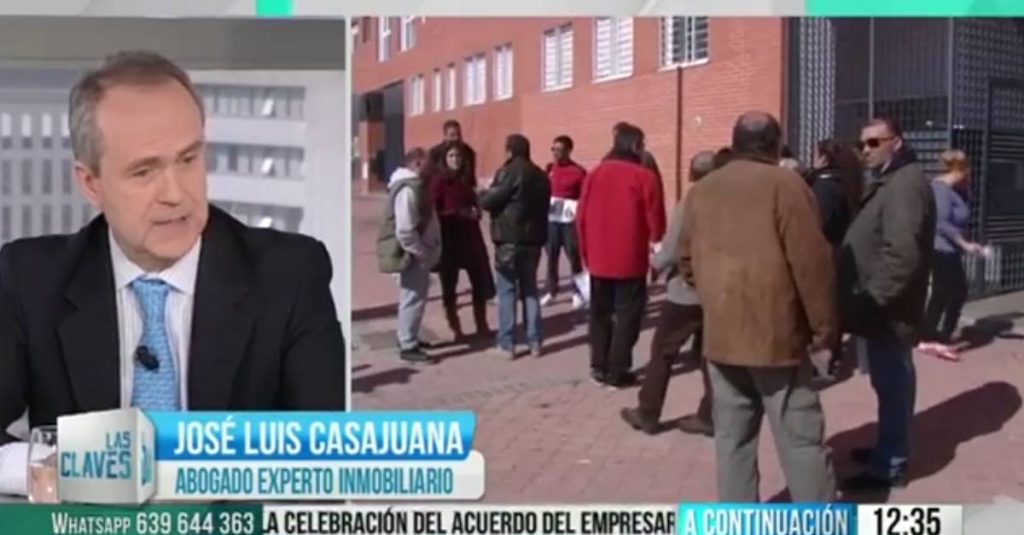Congruencia de las sentences límites del iura novit curia

No es cuestión baladí the one that occupies us in this case. For that reason, it is necessary to carry out a detailed study on the sentence: its content and the requirement of congruence and motivation of the same; the object of the process; and, the limits of the iura novit curia.
In my opinion, although it is paradoxical, it is convenient to start referring to the sentence (instrument that puts an end to the process). According to CALAMANDREI, the sentence is a syllogism in which the main premise is constituted by the applicable legal norms and the minor by the elements subsumable in dicha norm, leading to the fallo, which is the conclusion of the syllogism.
From a “cascade” scheme, DE LA OLIVA signals the reasoning that makes the judge before resolving:
- If the intended legal effect has, in general, base on the Derecho.
- If the alleged norm exists and if from it, or from another applicable without incurring in incongruence, the intended legal effect is derived.
- If the alleged items can be estimated as certain or remain doubtful, it is in the latter case that resorting to the rules of the load of the test.
- If the items determined to be clear or doubtful are subsumable in the assumption of the applicable standard, y
- Determination of the legal consequence.
The second of the aspects that the judge must resolve establishes a limit, as it is, in his work to resolve and provide a solution to the controversy raised by the parties, he must dictate a sentence congruent and motivated.
Attending the first of the matices, observe the wording of article 218.1 LEC when it says that the sentences “must be clear, precise and congruent with the demands and with the others pretensions of the parties, opportunely deduced in the lawsuit”, making the declarations that those require.
Asimismo, in its 2nd paragraph reads that the court, “sin apartarse de la causa de ask aiding the fundamentals of hecho or of Derecho distinct from those that the parties have wanted to take effect, it will resolve according to the rules applicable to the case, even though they have not been correctly quoted or alleged by the litigants”.
It is decided, according to our legislation, the congruence requires the judge that his pronouncement in the sentence corresponds to the object of the process established by the parties in the terms that will be developed later. < /p>
As it is, the operative nature of the civil procedure and the application of the principle of contribution of part recognized in article 216 LEC which, under the name of “Principle of justice requested”, establishes that the civil courts “decide the matters in virtue of the contributions of the parties, trials and pretensions of the parties…”.
At this point, it is time to analyze the object of the process, focusing on the importance of its fixation at the right procedural moments and the consequences of its incorrect delimitation.
In a few words, the object of the process is that about what the process is about, the question that is submitted to the judicial decision and what revolves around the debate between the parties.
The Civil Judgment Law in Articles 399 is of such importance to the process (“The trial will begin on demand, in which (…), the items and the fundamentals of law will be set out numbered and separated and what will be asked will be clarified and precisely stated”), and 406.3 (“The counterclaim will have to express with clarity the concrete judicial protection that is intended to be obtained with respect to the actor and, in your case, other subjects…”) establishes the duty of which the parties (el actor, always, and the defendant, if reconviene) fijen its content according to the device principle and the part contribution indicated ad above.
In this sense, article 416.1 LEC includes within the catalog of procedural exceptions in its 5th section the legal defect in the way of proposing the claim or, in your case, the counterclaim , due to lack of clarity or precision of the request that is deduced.
This is why the parties, in their corresponding writings, must include the subjects, the petitum and the cause petendi on the penalty that the judicial body decides on the superseimiento of the claim. It is worth dwelling on these last elements to properly understand what is meant by object:
The first of them, the petitum, consists of a part, in the concrete protection that is intended or requested by the judge whose content and extension will determine the action to be exercised, which could be a condemnation of a certain provision, a declaration of the existence of rights and legal situations, and a constitution, modification or extension of the latter (art. 5 LEC), and another, the claim that is requested defendant.
The cause I asked or the cause of asking, is not more than the foundation of the procedural pretension, is to say, the reasons that originate the exercise of them previous actions. In other words, this is a situation that is subsumable under a rule and, therefore, legally relevant that deserves to receive the requested legal protection.
Returning to the theme that concerns us and in relation to the recién exposed, the duty of congruence of the sentences alluded to before is strongly linked to the cause of action. In this sense, and in relation to what I said earlier, it is not common that there are sentences that each day dictate the judges who fall into what is called incongruencia extra petita.
This vice of the sentence or violation of the requirement of congruence that obliges the judge that his pronouncement in the sentence corresponds to the object of the process established by the parties is closely linked to the third of the questions object of study, the rule iura novit curia.
Consecrated in the aforementioned article, this principle allows the judge to resolve on the basis of fundamentals of law or law other than those that the parties have wanted to make, resolving according to them rules applicable to each case.
According to TAPIA FERNÁNDEZ, a double element can be perceived in the cause of asking: one that the court cannot vary unless it incurs incongruence, and another, normative, that can be corrected if it was wrongly alleged by the parties, dictating a congruent sentence according to the same.
The application of this principle allows the judge to have freedom at the time of selecting the norm that has to be applied to resolve sin que dicha elección traspase los límites que fijan la causa petendi (STS de 19 de septiembre 2014).
It does not mean, however, that the parties are exempt from alleging the legal grounds of their pretensions, since otherwise, a similar dispensation would produce an absolute break from the principle of contradiction, while condemning or acquitting in attention to a non-discussed cause of action provoking defenselessness to the other party (STC June 14, 1999).
Con ejemplos de DE LA OLIVA, in respect of such a rule does not allow, unless incongruence:
- replace the norm or norms on which the claim is explicitly or implicitly based;
- replace the principles alleged by other or other legal norms, whose application has not been requested, or
- replace the legal transaction or legal situation effectively used by a different party, neither aducida by the party.
In conclusion, the rule iura novit curia, often misunderstood, has been clarified by jurisprudence in the following sense:
a) El Derecho no tiene que ser probado, except Derecho extranjero o costumbre, y
b) the court can and must apply the Law, without modifying the cause of action. The SAP 1999/4668 Baleares of the 25th of January 1999 is quite illustrative in this regard. Follow the same criterion, accepting in the appeal a sentence proceeding from the first instance in which, having chosen the actor for the action of extra-contractual responsibility, the sentence applies on the contrary, the contractual one, with the different legal consequences that it implies, rebaning with them limits of the principle iura novit curia y causing indefensión to the parties.
29/09/2016




